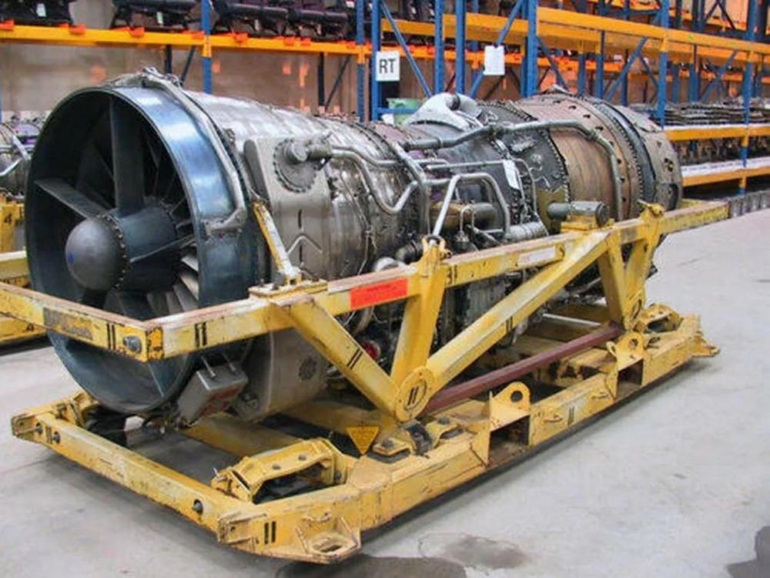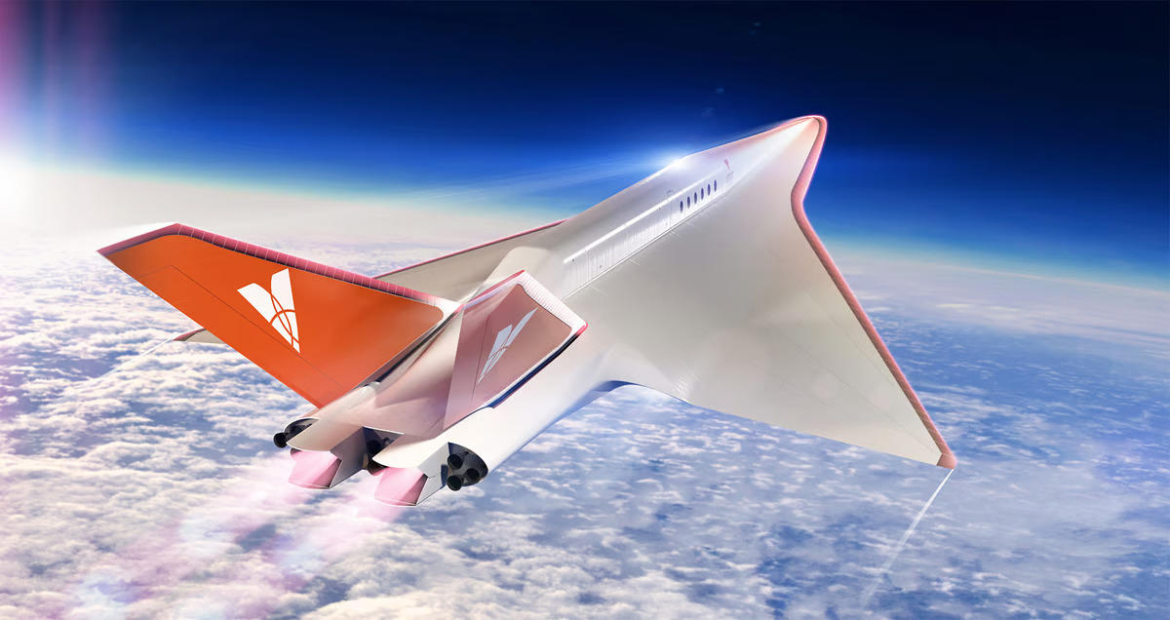There are several organizations and start-ups across the world that are working on developing hypersonic jets capable of flying at speeds above Mach 5 (3,836 mph). However, a propulsion system capable of providing sustained thrust at those speeds continues to be the biggest hurdle. Texas-based start-up Venus Aerospace has revealed a groundbreaking engine that has the potential to completely revolutionize high-speed air travel. Called the Venus Detonation Ramjet 2000 lb Thrust Engine (VDR2), the advanced propulsion system was unveiled at the recent Up.Summit in Bentonville, Arkansas.
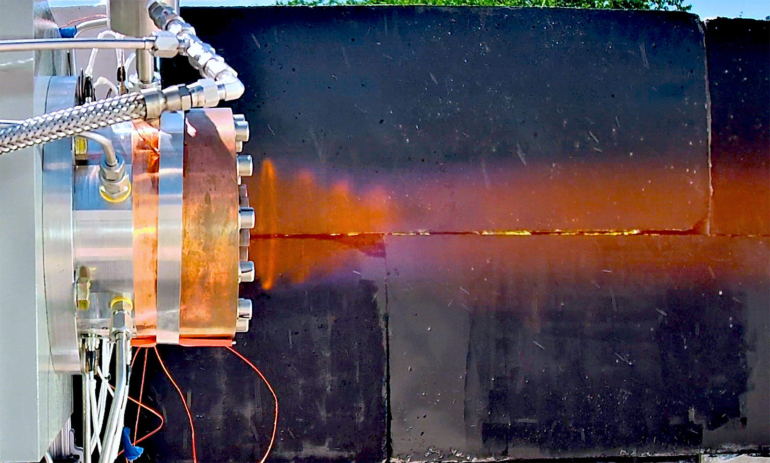
The VDR2 is engineered to power drones and aircraft to hypersonic speeds, allowing them to travel vast distances at high altitudes with unmatched efficiency. The hypersonic propulsion system combines the high thrust and efficiency of the Rotating Detonation Rocket Engine (RDRE) with the high-efficiency cruise of a Ramjet. Developed by Venus in partnership with high-speed air combustion specialist Velontra, the VDR2 will operate as a single engine offering propulsion from take-off to attaining speeds up to Mach 6.
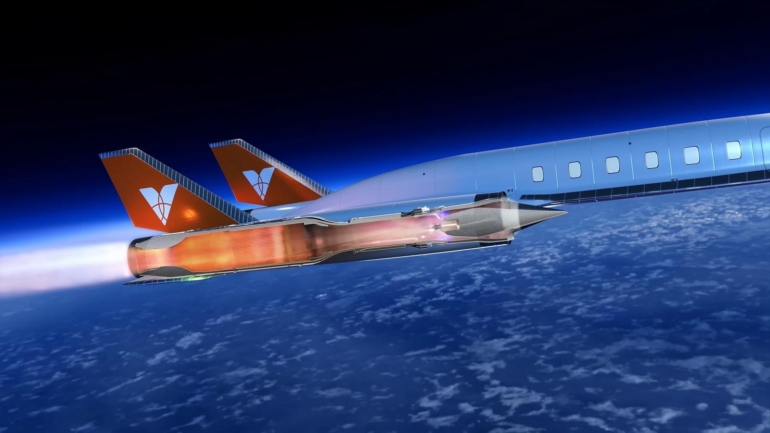
The cutaway view of the VDR2 reveals its simplicity, as its essentially a tube with no moving parts. When the engine operates like a ramjet, the incoming air is compressed by the speed of the engine moving forward instead of turbine blades that can melt at hypersonic speeds. The Rotating Detonation Rocket Engine part of the propulsion system also doesn’t require any moving parts. It has two coaxial cylinders with a gap between them. The engine injects a fuel-oxidizer mixture in the gap to produce a sustained rotating detonation. This makes a nearly steady flow of high-speed exhaust gases, generating thrust efficiently.

“This engine makes the hypersonic economy a reality,” said Venus Aerospace CTO Andrew Duggleby. “We are excited to partner with Velontra to achieve this revolution in high speed flight, given their expertise in high-speed air combustion.”
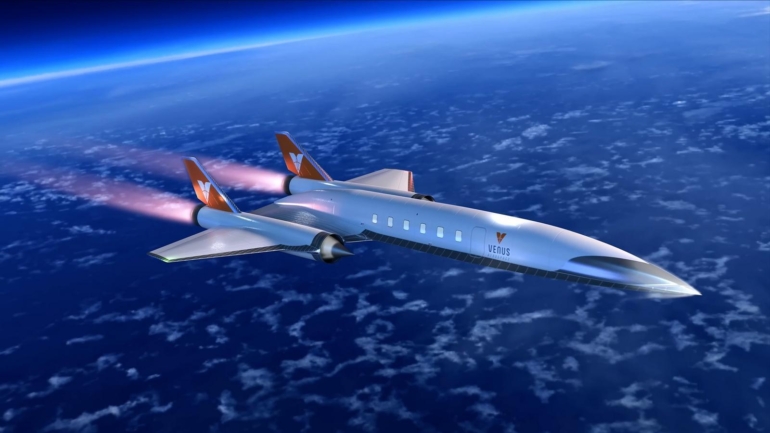
The hypersonic start-up grabbed headlines earlier this year by successfully completing the first test flight of its prototype drone that managed to reach a top speed of Mach 0.9 while flying for 10 miles. It was a crucial step towards developing its hypersonic spaceplane named Stargazer, capable of flying passengers upwards of Mach 9 (6900 mph).

If achieved, it will drastically reduce the travel time from San Francisco to Tokyo to just one hour. While the drone was propelled by an RDRE, the development of the VDR2 is seen as a major breakthrough. Venus Aerospace plans to conduct the first test flight of the VDR2 engine in a drone next year.
